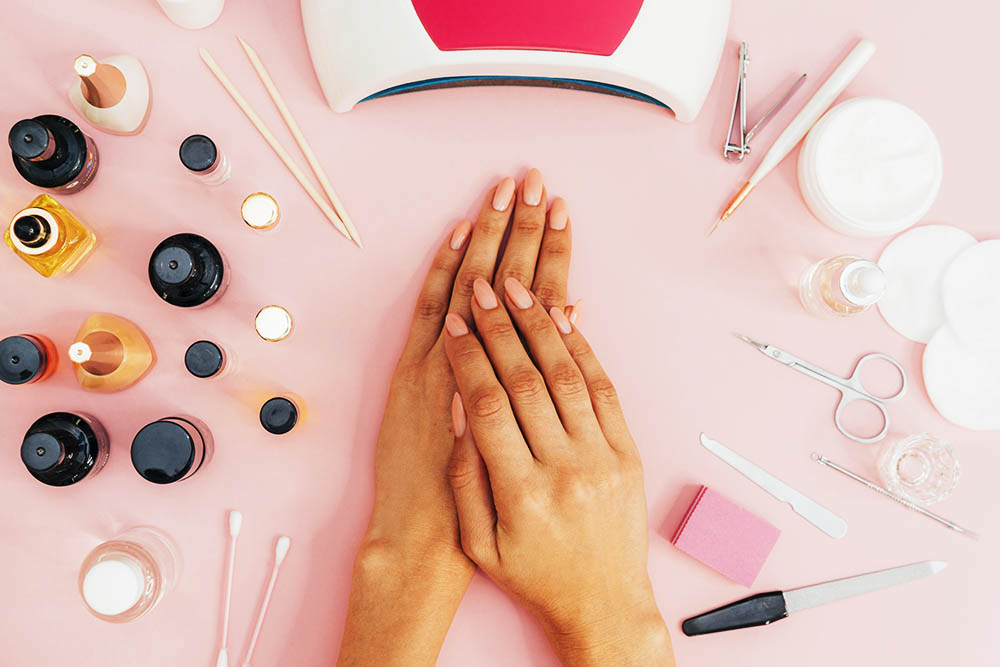False nails have been a popular beauty trend for years, but there’s more to them than just their aesthetic appeal. While false nails can be a fun and flexible way to experiment with different nail designs, they also come with significant risks that aren’t always evident at first glance.
In this article, we’ll explore the potential dangers of false nails and the alternatives available to consumers. From health concerns to practical considerations, it’s important to weigh the pros and cons of false nails before deciding whether they’re worth the risk.
The Risks of False Nails
False nails can pose a range of risks to consumers, from allergic reactions and infections to physical damage and long-term health problems. Here are some of the most significant dangers to consider:
Allergic Reactions
Many people are sensitive to the chemicals used in nail adhesive and other nail products, which can result in skin irritation, rashes, and other allergic reactions. Some individuals are more prone to these effects than others, and repeated exposure can make the symptoms worse over time.
Bacterial Infections
False nails can also create a breeding ground for bacteria and other harmful microorganisms. When nails are artificial, it’s easier for bacteria to get trapped underneath them and build up over time. This can lead to infections and other health problems if left unchecked.
Nail Damage
Wearing false nails can cause significant damage to the natural nails underneath. Over time, the nails may become weaker, thinner, and more prone to breaking or peeling. This can create a cycle of dependency on false nails, as individuals may feel like they need them to cover up the damage caused by the previous use of false nails.
Long-term Health Effects
Research has suggested that there may be some long-term health effects associated with regular use of false nails. For example, some studies have linked artificial nails to an increased risk of cancer, although the evidence is not yet conclusive. False nails can also harm the nail beds and surrounding tissue, potentially leading to chronic pain, inflammation, and other issues.
Practical Considerations
Aside from health risks, false nails can also pose practical problems for wearers. For example:
- False nails can make it difficult to perform certain tasks, such as typing or picking up small objects.
- The nails may need to be maintained regularly, which can be time-consuming and expensive.
- False nails can be more prone to breaking or falling off than natural nails, which can be frustrating and inconvenient for wearers.
Alternatives to False Nails
Given the risks associated with false nails, many consumers may be looking for alternative ways to achieve the same look without putting their health in jeopardy. Here are some options to consider:
Nail Stickers
Nail stickers are a fun and easy way to experiment with different nail designs without the risks associated with false nails. They come in a wide range of patterns and colors, and they can be applied to the natural nail with ease. Additionally, nail stickers can be removed quickly and easily without causing damage to the natural nail.
Gel Nail Polish
Another alternative to false nails is gel nail polish, which can create a similar effect without the use of artificial nails. Gel polish is applied directly to the natural nail and can be hardened with UV light. This allows the wearer to achieve longer-lasting and more durable nails without the potential risks associated with false nails.
Natural Nail Care
Perhaps the best alternative to false nails is simply taking care of your natural nails. This can involve regularly trimming and filing them, keeping them clean and moisturized, and avoiding harsh chemicals and other irritants. By doing so, you can maintain healthy and attractive nails without having to rely on false nails to achieve the desired look.
Tips for Safer False Nail Use
If you do decide to wear false nails, there are some steps you can take to minimize the risks involved. Here are a few tips for safer false nail use:
- Avoid using cheap or low-quality nail products, as these may contain harmful chemicals or other dangerous materials.
- Use nail adhesive sparingly, as excessive use can increase the risk of skin irritation and other allergic reactions.
- Remove false nails promptly if they begin to feel uncomfortable or if you notice any signs of infection or other health problems.
- Consider incorporating natural nail care practices into your routine, even if you regularly wear false nails.
Summary
False nails can be a fun and versatile way to experiment with different nail designs, but they also come with significant risks that can pose a danger to your health and well-being. By exploring the dangers and alternatives, you can make an informed decision about whether false nails are worth the risk for you. Ultimately, the best approach is to prioritize natural nail care and seek out safer alternatives to achieve the desired look.
